DNA FESTIVAL SCHEDULE
DNA Festival is currently confirming many additional live events.
Check out Now Showing for current live digital exhibitions.

The Great Wall Institute @Bergamot: The 1960’s Continues
The Great Wall Institute @Bergamot: The 1960s Continues
September 14 - Spring 2028 at SPARC
Join us at the Great Wall Institute at @Bergamot Station as we carry forward the continuation and completion of the 1960s panels of the Great Wall of Los Angeles!
Experience the evolution of these monumental mural panels, first exhibited at the groundbreaking mural exhibitions “Judy Baca, A Tattoo Where the River Once Ran” at the Jeffrey Deitch Gallery and “Judy Baca, Painting on the River of Angels,” a captivating live-painting studio at LACMA. Our journey continues with live studio painting on four wall scrolls, bringing almost 4,000 square feet of canvas into a full-color mural.
In keeping with Judy’s commitment to innovation, we will introduce vertical sketch transfer technology, expediting the time-consuming process and bringing us closer to the paintbrush-on-canvas stage much faster. This advancement will help us meet our ambitious deadline.
Don’t miss the chance to witness history in the making as we continue to bring this mural to life. The mural will be unveiled Spring 2028, for the return of the Olympics to Los Angeles!
Join us and witness the creation of a national landmark, whose extraordinary journey continues to inspire and captivate people from our communities and around the world.
click image to enlarge gallery
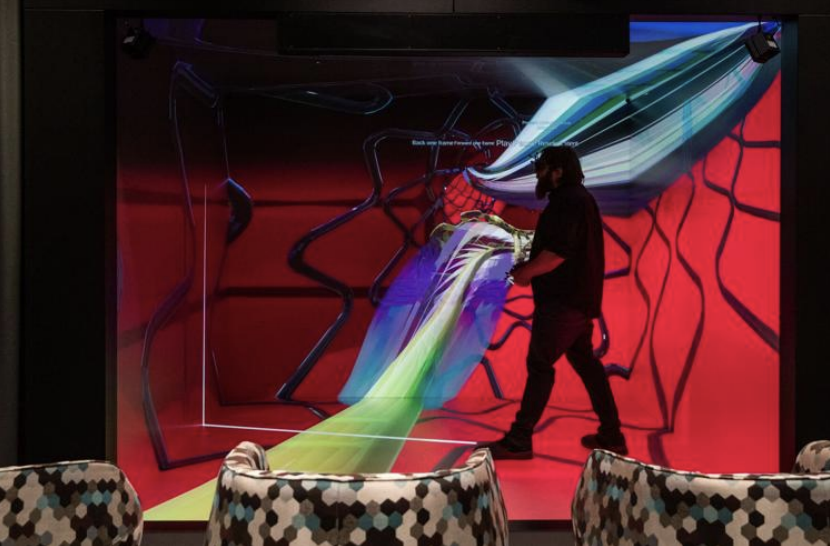
Ten-Dimensional Vitruvian Human
In collaboration with University of Nebraska Medical School’s advanced imaging and holographic laboratory, and discussion/demonstration and holographic dance performance, transmitted to Nebraska holographically to a simultaneous audience congregating at the medical school.

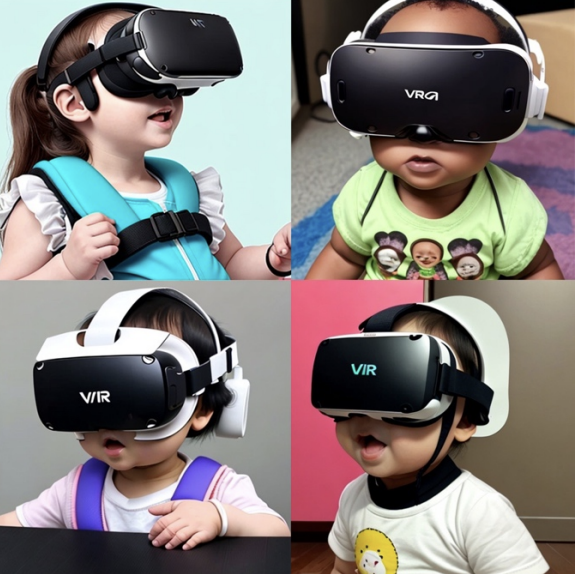
VR Babies - Documentary Screening & Panel Discussion
Panel discussion and premiere screening of documentary on the real concerns as well as opportunities for educators and parents on early adoption of immersive technologies.
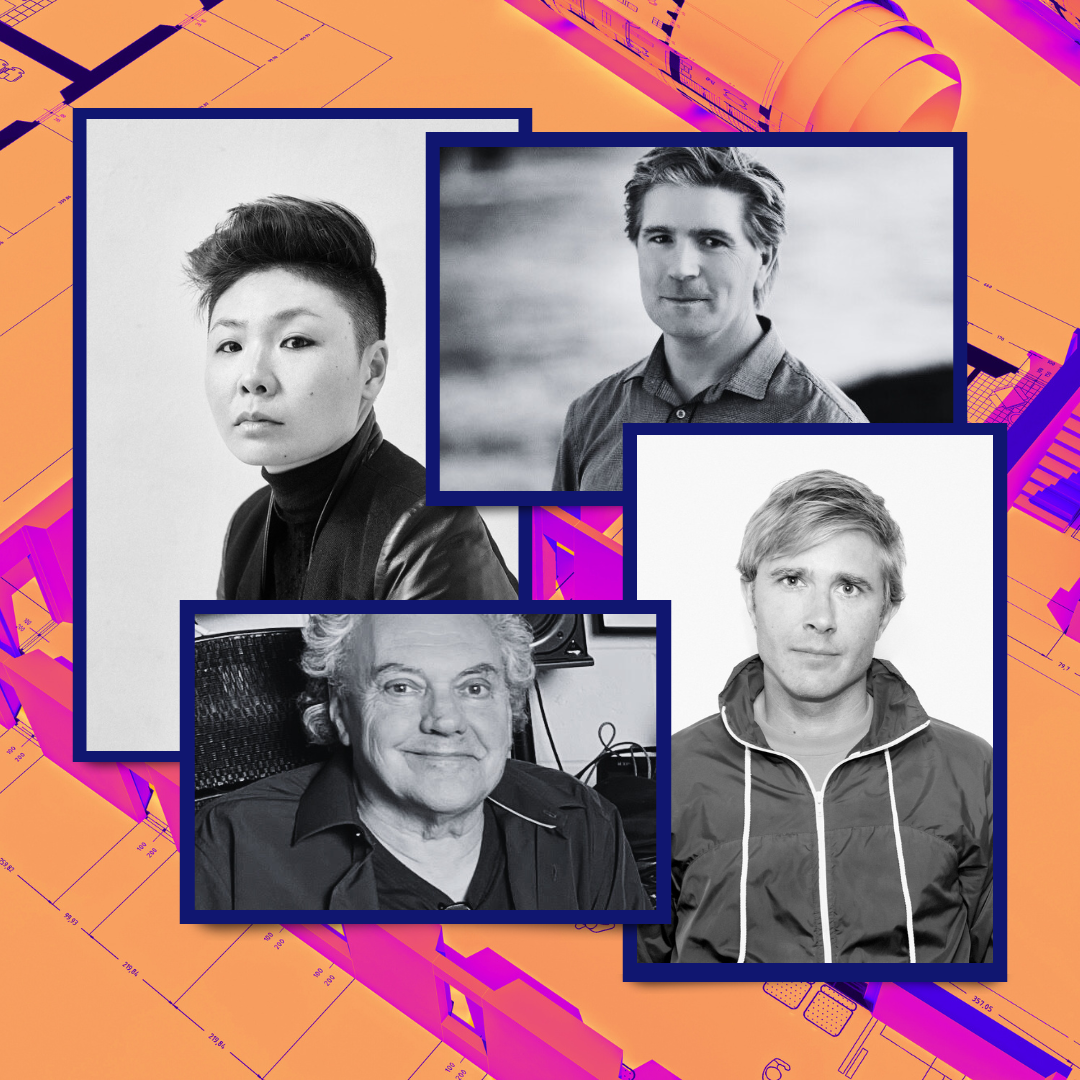
Performance Architecture in the Age of AI
The Art & Science of Performance Architecture in the Age of AI

Decoding the Blockchain and Unlocking the Canvas: Exploring the Intersection of Art and Blockchain
Decoding the Blockchain and Unlocking the Canvas: Exploring the Intersection of Art and Blockchain
DATE TIME & PLACE TBD
What is the Blockchain? Fungible vs Non Fungible Why Creators/Artists use NFTs?
Panel discussion moderated by Galavis (Artist/Activist)
Guest Speakers: Cardelucci (Photographer), Cole Root (From the Lee Mullican Estate) Patrick Amadon (Artist) , Enrico Moses (DJ/Artist), Lady Cactoid (Curator/Artist/Founder Cactoid Labs)
Image left: Lee Mullican LMT2B.TGA, "Arc Field", 1988, Image courtesy of The Estate of Lee Mullican and Marc Selwyn Fine Art, Los Angeles. These works were made in the 1980s by Lee Mullcian, who was teaching at UCLA. Lee was also a Santa Monica resident for over 40 years.
Image right: Patrick Amadon
click image to enlarge gallery

Hacking The Timeline - Panel Discussion
Panel discussion about mainstreaming digital art into art history.

The Analog Brain - Panel
Group exhibition of six emerging women artists exploring consciousness and the sector beyond art & science.
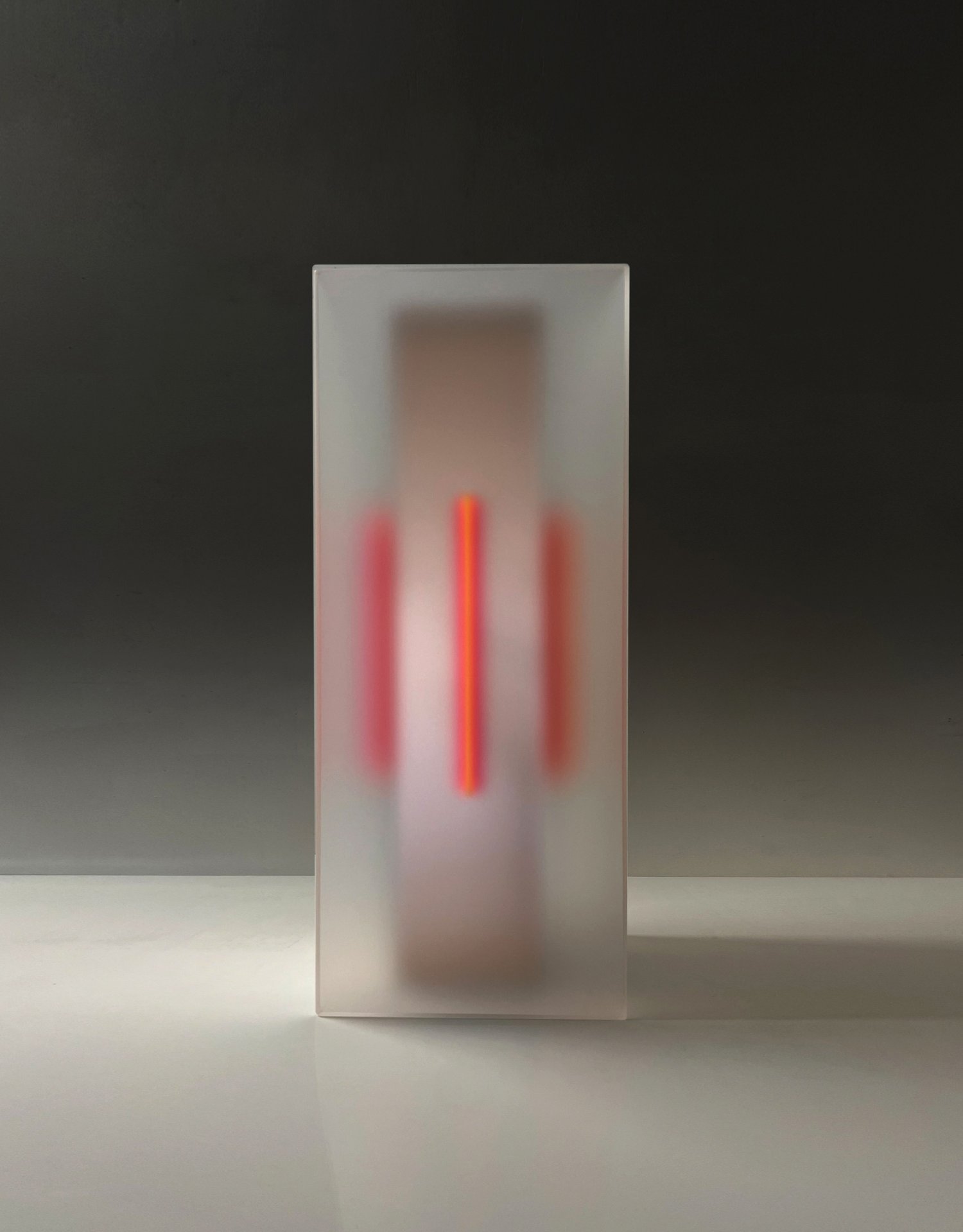
LIGHT MATTER
LIGHT MATTER
September 14 - November 2 at William Turner Gallery
Light Matter includes work by Dawn Arrowsmith, Larry Bell, Casper Brindle, Shingo Francis, Jimi Gleason, Eric Johnson, Jay Mark Johnson, Peter Lodato, Andy Moses, and Roland Reiss.
William Turner Gallery, Santa Monica, California - is pleased to present Light Matter, the first of two exhibitions in partnership with the Getty’s PST ART: Art & Science Collide, which explores the intersections and influences between art and science.
Light Matter explores the influences of scientific research on artistic process and intention, and builds on a collaboration that began with LACMA’s innovative Art & Technology program, a collaboration between artists and industry that ran from the late 60s to early 70s. For a number of artists, this unique program led, unexpectedly, to a significant new way seeing and thinking about the purpose of a work of art. Enter Light & Space in Southern California, where the emphasis shifted from looking at art as “object”, to art as “experience”.
Artists in Light Matter continue to expand on this notion, experimenting with the possibilities of their materials, often through scientific research and innovation, to achieve heightened visual effects that engage the viewer in the wonder of the phenomenology of perception. They utilize materials and approaches that inspire the viewer to reflect - not only on “what” they are perceiving, but “how”. Many of the pieces require the viewer to interact with the works in unexpected ways - either by encouraging unusually active movement around, or stillness before, their works. The act of viewing engages the senses and heightens our sense of perception.
Dawn Arrowsmith’s paintings are meditations in color, engaging the viewer in a kind of minimalist luxury – pure, distilled, but also rich, and luscious. Her work is intuitive, greatly influenced by Buddhist philosophy and by her travels to the Orient. These pieces play on the retinal effects from extended viewing, where an image that appeared flat & monochromatic takes on volume and appears to shimmer. Arrowsmith’s paintings, sculptures and installations have been exhibited in the USA and abroad. Exhibitions sites include the Los Angeles Contemporary Exhibitions (LACE), the Hammer Museum of Art in Los Angeles, the Los Angeles County Museum of Art, the Los Angeles Municipal Art Gallery (Barnsdall), the Clark Humanities Museum Gallery in Claremont, CA, the Riverside Art Museum, the Eli Broad Foundation in Los Angeles, the Lidovy Gallery in Prague, Czec. and the Campo d'Osservazione in Gubbio, Italy. Arrowsmith was born in San Francisco, California and received her M.F.A. at Claremont Graduate School, Visual Arts, Claremont, California.
Larry Bell is one of the most renowned and influential artists to emerge from the Los Angeles art scene of the 1960s, alongside Ferris Gallery contemporaries Ed Ruscha, Billy Al Bengston, Ed Moses and Robert Irwin. Bell is known foremost for his investigations of the properties of light, reflection and shadow on various surfaces, and how these properties affect our sense of space. Bell’s significant oeuvre extends from painting and works on paper to glass sculptures and furniture design. About his sculptures, he has said: “Although we tend to think of glass as a window, it is a solid liquid that has at once three distinctive qualities: it reflects light, it absorbs light, and it transmits light all at the same time.” Harnessing a little known technique developed for aeronautics, Bell utilizes a high-vacuum coating system that allows him to deposit thin metal films, which catch and reflect light, onto a variety of surfaces, which include his glass sculptures, paintings and works on paper. Bell’s work is in the permanent collections of numerous museums, including Museum of Modern Art, NY, Museum of Contemporary Art, LA, Los Angeles County Museum of Art, Frederick R. Weisman Art Foundation, LA, among many others.
Casper Brindle has become widely recognized for paintings and sculptures that invite the viewer into a rhythmic dance with light, as it is reflected, diffused and distilled through his work. Brindle also utilizes a variety of industrial materials - airbrush, auto paints, resin, and pigmented acrylic - to create sculptures and paintings that shift and change as one moves around them. Atmospheric colors are encased in cultural surfaces in a constant push and pull between depth, light and color. Casper Brindle grew up surfing the beaches along LA's coast during the 1970's and 80's, and worked for Light and Space artist, Eric Orr, in the late 1980’s. Brindle’s work is in the permanent collection of the Frederick R. Weisman Art Foundation, CA and has been exhibited at the Museum of Art and History in Lancaster, CA and the Laguna Art Museum in Laguna Beach, CA.
Shingo Francis grew up in Los Angeles, immersed in the intense light and vast ocean vistas of life in southern California. Like many LA artists, Francis became fascinated with the ever-changing qualities of light and how it affected one’s perception and experience of the world. As the son of painter Sam Francis, Shingo also happened to grow up in the heart of LA’s nascent art scene, where artists such as Larry Bell, Robert Irwin, James Turrell, Craig Kaufman and Peter Alexander were utilizing new materials to explore the effects of light on perception. Francis has continued this pursuit with a series of gossamer-like paintings with colors that appear in constant flux, changing as one moves about them. Utilizing interference paints – a medium of crushed, titanium-coated mica that refracts light - the colors in these pieces shimmer and shift depending on the angle of the viewer and the reflection of light. Rectangular shapes conform to the shape of the canvas, creating a framework of change as viewers move. What one sees becomes inherently tied to their particular perspective and the character of the light at any given time. Shingo Francis has been the subject of numerous national and international exhibitions. He was awarded the Fumio Nanjo Award from the Mori Museum in Tokyo and is in numerous museum and institutional collections, including The Frederick R. Weisman Foundation in Los Angeles.
Jimi Gleason has spent his career exploring the reflective possibilities of light. Mixing nontraditional materials such as silver nitrate with pearlescent paints, Gleason’s surfaces are highly reactive to light and shifts in the viewer’s position. His silver deposit surfaces act as enigmatic mirrors that are activated by the viewer and the environment in which they are situated. Light, color and form are in constant flux with the external world, inducing an interactive, meditative experience with the viewer. Jimi Gleason was born and raised in Southern California. He graduated with a BA in Fine Art from UC Berkeley in 1985, later moving to New York. Upon his return to California, Gleason worked as a studio assistant for renowned painter, Ed Moses. Gleason’s work is in numerous public and private collections, including the Frederick R. Weisman Art Foundation, CA, the Laguna Art Museum, CA, and has been exhibited at the Hammer Museum, CA, the Long Beach Museum of Art, the Seattle Art Museum and the Tucson Museum of Art.
Eric Johnson utilizes polyester resin and color-shifting pigments, to create sculptures that are exquisitely sensual and dynamic in how they reflect and absorb light. They recall the materials of the surf and car culture of the late 60s and early 70s in Southern California, employed by many artists like DeWain Valentine, Craig Kaufman and Billy Al Bengston. Johnson embraced the hot-rod culture as well and has made customized car bodies for the Porsche 962 and has lovingly overhauled vintage cars-as evidence by the two toned 1939 Chevrolet panel truck and fire engine red 1934 Ford pickup that sit to one side of his studio. As often was the case for many artists working in the 1970s, industrial products found their way into Johnson’s early studio practice and have remained there ever since. “I’ve translated all that automotive knowledge into making my artwork”,” he says. “I use the full array of auto tools and pigments.” The handcrafted abstract works are sheathed in resin skins, often revealing glimpses of skeletal armatures and hidden architectures. Other influences have been the aerospace industry and an ancestral boat builder heritage. Initially the constructs hid their “bones” under a “skin”, time capsule artifacts within. Over the past twelve years, the structures have become more organic and revealing. The current work merges Johnson’s passion for depth and structure with an obsession for color and surface. Johnson’s work is in the collections of the Oakland Museum, CA, the Laguna Beach Museum, CA, the UC Irvine Museum, CA and the Hamano Institute, Tokyo, Japan.
Jay Mark Johnson has rigorously pursued the possibilities of timeline photography over the last decade,. His artwork captures the fluid gestures of Tai Chi and dance, the rush of cars, trains and people, and the infinite cycling of beachfront waves. But within his images the rules for representing reality have shifted. Shadows are crisscrossed and the relative speed of an object determines its size. Moving objects appear isolated from their backgrounds and the backgrounds themselves have been decimated. In this manner, the results of Johnson’s process become a metaphor for the process itself. Held by prestigious private institutions and public collections throughout the U.S. and Europe, Johnson’s work has been exhibited and collected by the Museum of Modern Art, the Smithsonian Institution, Art Institute of Chicago, Frederick R. Weisman Art Foundation, the Langen Foundation and Zentrum für Kunst und Medientechnologie, Karlsruhe.
Peter Lodato began making work in the late 1960s as part of the West Coast-specific Light and Space movement. Aligned with the concerns of his contemporaries, Lodato first constructed light installations that explored the nature of perception and the way that physical environments could be transformed into immersive experiences for the viewer. Lodato’s paintings evolved from his preliminary drawings for these installations and eventually, Lodato was able to recreate the illusive effect of light with color, form, and canvas alone. Always fascinated by the uncertainty of human perception, and the duplicitous nature of vision, which can be both revealing and deceitful, Lodato creates paintings that delve into this duality. Initially, Lodato’s paintings appear as austere, geometric abstractions. Yet, upon further observation, the paintings begin to vibrate: brushstrokes become evident and the surface reveals that there are numerous layers beneath. The hard edges of his often bi-chromatic works dissipate into sensuous fields of color that seem to push space in and out. Lodato’s reductive, divided compositions are visual confrontations between the planar simplicity of form and the resonance of particular pigments. A disciple of the AbEx color field painter, Barnett Newman, Lodato’s sumptuously colored canvases echo Newman’s concept of using division as a way to merge different areas of the canvas into a sublime whole. Much like Newman’s “zips” of color, Lodato’s vertical bands draw the viewer deeply into the picture plane, causing them to intensely experience the work, both physically and emotionally. The Frederick Weisman Foundation curated an extensive solo retrospective of Lodato’s work in 2000 and his work has been exhibited at the Whitney Museum of American Art, the Museum of Contemporary Art in Los Angeles and the Los Angeles County Museum of Art. Peter Lodato is in numerous esteemed collections both public and private including the Brooklyn Museum, the Seattle Art Museum, the Dallas Museum of Art and the San Diego Museum of Contemporary Art.
Andy Moses, utilizes techniques that facilitate his almost obsessive study of the alchemical properties of paint. The paintings that emerge articulate the abstract nature of perception, reaching beyond the material and tapping into the visceral. The images reveal undeniable traces of natural phenomena, seeking not to replicate the natural world, but to replicate the forces of nature itself. The artist’s complex process of mixing and pouring paint conveys a sense of undulating energies pushing and pulling within the rectilinear and circular forms of the canvases themselves. The paintings are sweeping and luminescent, their lustrous surfaces seemly executed with an impossible combination of absolute precision and wild improvisation. Meandering lines of psychedelic chroma oscillate between vivid sharpness and dissolving washes of color, achieving works of captivating presence. Viewing the work from multiple perspectives, one is swept into an interactive dance, as light plays across the surfaces in lustrous, ever-changing hues. Based in Venice, CA, Andy Moses is in numerous important private and public collections, including the Frederick R. Weisman Art Foundation, CA, the Los Angeles County Museum of Art, CA, the Laguna Beach Museum, CA, and has been exhibited at the Hammer Museum, CA, the Long Beach Museum of Art, the Seattle Art Museum and the Tucson Museum of Art. He received his MFA from Cal Arts and lives and works in Venice, California. Andy Moses just enjoyed a survey exhibition at the Santa Monica College Pete and Susan Barrett Art Gallery that explored 30 years of his artistic output.
Roland Reiss was born in Chicago in 1929 and had a long and influential history in the LA art scene. Reiss’ early work owed a lot to Abstract Expressionism, but while he was teaching at the University of Colorado in the late 60s, Reiss began experimenting with the dynamic properties of resin and new plastic materials to explore their interactive properties with the viewer. Reiss soon moved towards making work informed by the Conceptualist movement of the 70s, but he had a profound impact on one of his students, who also began making resin sculptures. That student was DeWain Valentine, who would become one of LA’s most significant Light & Space artists. At the apex of his career, Reiss felt “I have no more stories to tell.” As critics and curators declared painting dead, he had already started investigating hundreds of studies for painting. His intent was to “take painting beyond where it has been,” believing it is impossible to deplete the possibilities of any medium. What seems like the product of gestural spontaneity are actually extensively rehearsed moves. He describes his work as “energy fields and spaces in which forms are operative and you can interact with visually. ”After earning BA and MA degrees at UCLA (1952-56), he taught at the University of Colorado, Boulder, and, in 1971, was named Chair of the Art Department at Claremont Graduate University. At CGU he held the Benezet Chair in the Humanities, and in 2010, an endowed chair in art was established in his name. His work has been exhibited internationally, recognized by no fewer than four NEA Visual Arts Fellowships, among many other honors, and is to be found in the permanent collections of major museums and private collections in this country and abroad, among them the Hammer Museum, CA, the Oakland Museum, CA, the Laguna Beach Museum, CA, and the Orange County Museum of Art, CA.

John Chiara : The Alchemy in Materiality
John Chiara : The Alchemy in Materiality
September 14 - November 9 at ROSEGALLERY
The Alchemy in Materiality offers an enthralling journey through John Chiara’s innovative career. It presents a comprehensive retrospective of his work, inviting viewers to contemplate the elusive essence of the present moment, seamlessly bridging the realms of art and science with a captivating, visceral aesthetic.
Seamlessly fusing art and science, John Chiara’s practice forges a unique process which combines photography, sculpture, and immersive experience. At its core are his meticulously crafted cameras; essentially large scale yet portable camera obscuras.
Within the dark chamber of these cameras, Chiara choreographs a precise interplay of light and chemistry on positive color photographic paper, deftly controlling light and manipulating the emerging images with an innate touch. The resulting pieces are profoundly perceptual bearing traces of their unconventional origin, rendered in soft, ephemeral hues that evoke materiality and transience. More importantly, they are all unique. With color positive photographic paper, no photo negative is created or needed, creating an image that is ultimately impossible to reproduce or duplicate. Chiara’s works are truly individual instances.
His artistry showcases the convergence of ingenuity, invention, and patient craftsmanship, transcending conventional photography to embody the interplay of light, time, and human perception.
This show is a part of the DNA Festival, as well as The Getty’s PST: ‘Art & Science Collide’ program.
click to enlarge gallery
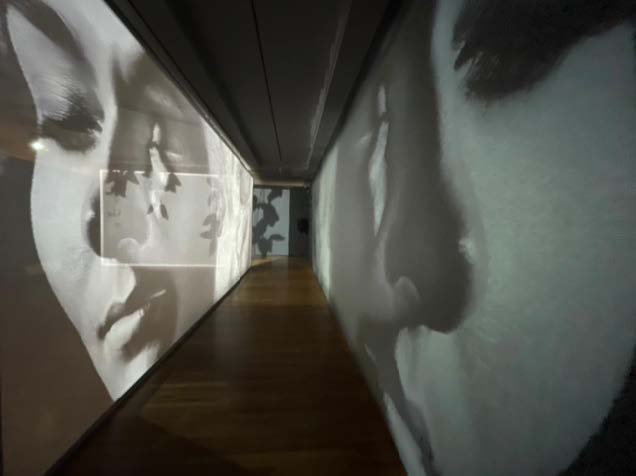
King's Road - Video Installation
“Kings Road” large - scale digital video installation by Mona Kuhn

David Hockney | Big Tech
David Hockney | Big Tech
September 7 - October 19 at Leslie Sacks Gallery
Leslie Sacks Gallery is pleased to present David Hockney | Big Tech an exhibition of a selection of David Hockney’s homemade prints executed on office color copy machine as well as a group of his iPad and iPhone drawings.
David Hockney has always been interested in “ways of seeing”. He has explored this concept throughout the decades by experimenting with the current technology of the time. In the early 1980’s he began making work comprised of photographs taken with Polaroid cameras. Shortly after he would be making art via fax machines and office photocopiers. In 2008-09 he started making drawings on his iPhone and iPad which he continues to make today. While his subject matter has a traditional resonance—still lifes, landscapes, portraiture—it is through his discovery and use of technology that he forges new ways of seeing the most familiar and fundamental subjects of life.
Images:
Two Red Chairs, March 1986
Homemade print executed on an office color copy machine
Untitled, April 17, 2011
iPad drawing
click image to enlarge gallery
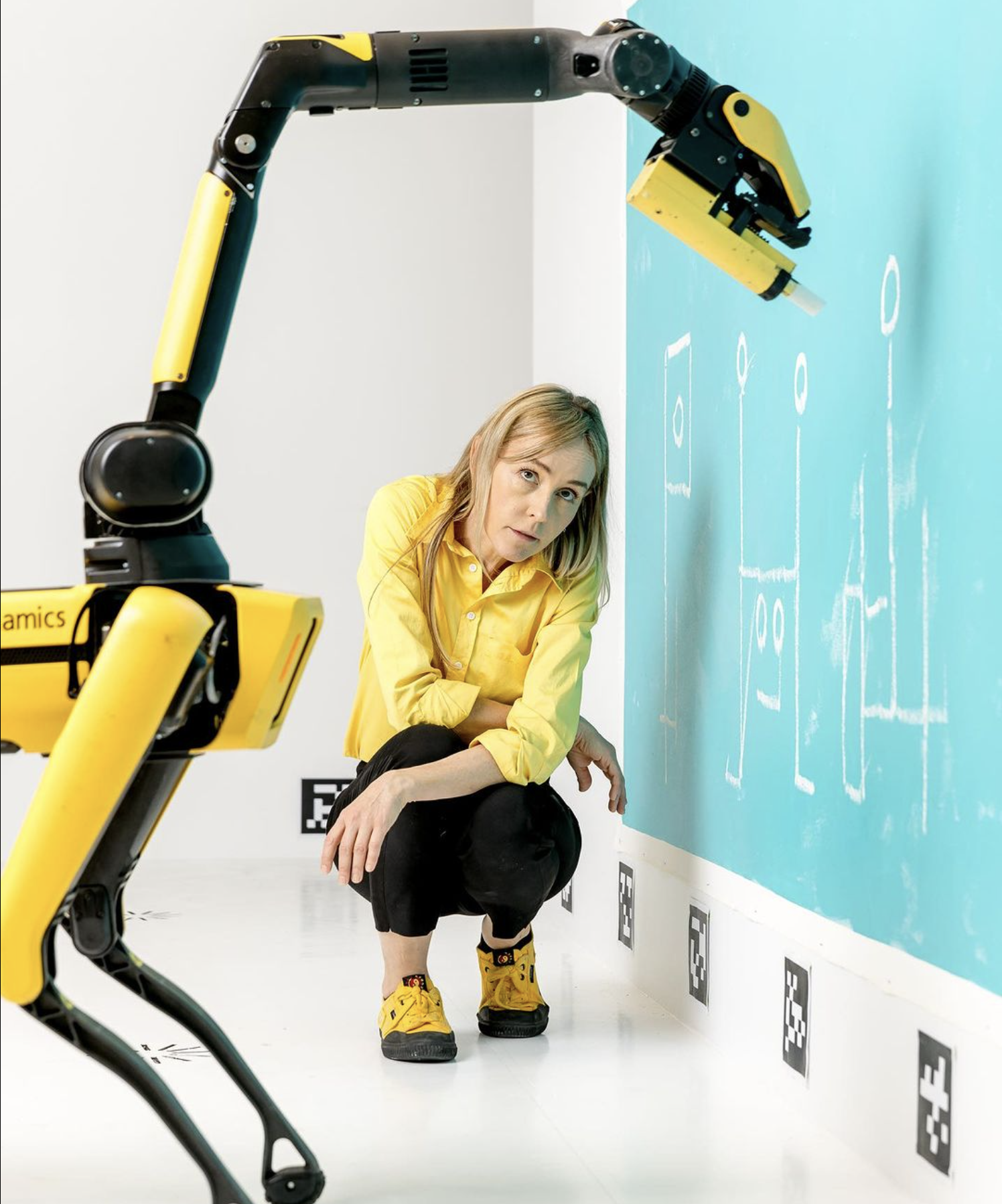
Future Perfect
Future Perfect plans to honor and recognize innovation and artistry inspired by our digital world. Featuring artists from the past, present, and future - Agnieszka Pilat, Ken Aronson, Mark Estes, Jeremy Kidd, Kate Johnson, Herry Kim, Dave Curlender, David Goodsell, and more.
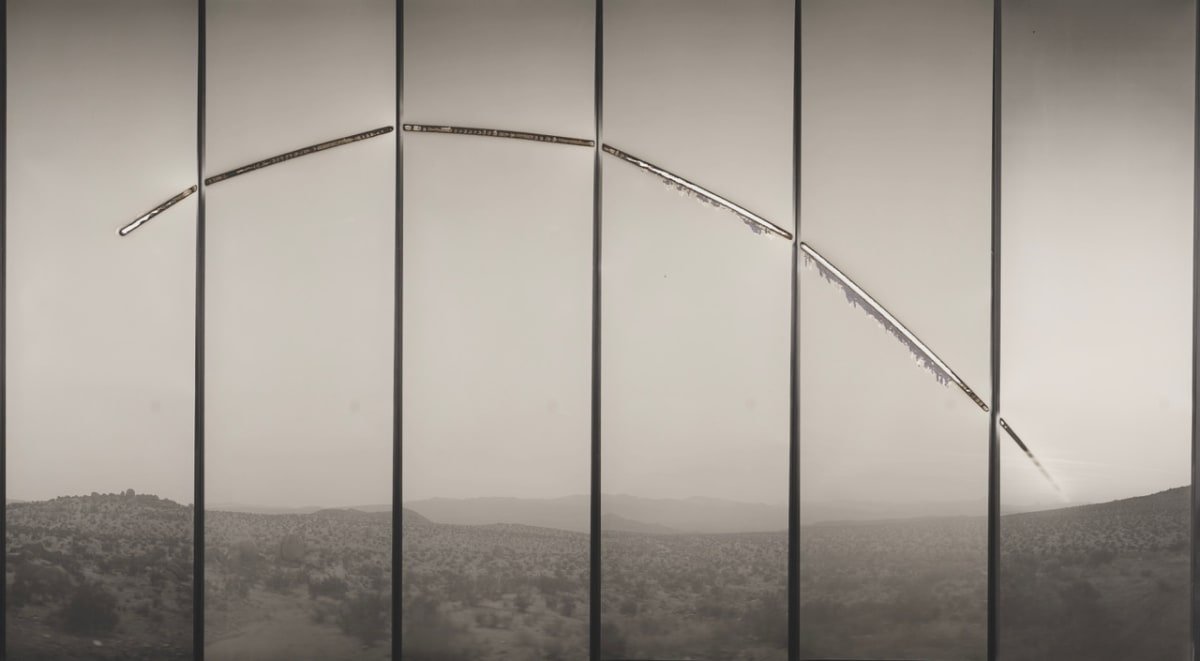
Chris McCaw: Marking Time
Chris McCaw | Marking Time
September 7 - November 2 at Marshall Gallery
Marshall Gallery presents a solo exhibition of new works by Bay Area artist Chris McCaw as an official part of PST ART: Art and Science Collide* organized by The Getty Museum. The show is comprised of intimately scaled and monumental pieces resulting from McCaw's unique “sunburn” photographic process, as well as previously unseen solarized landscapes and color polaroid works.
*Marshall Gallery is part of PST ART as a Gallery Program Participant . Returning in September 2024 with its latest edition, PST ART: Art & Science Collide, this landmark regional event explores the intersections of art and science, both past and present. PST ART is presented by Getty.
PRESS RELEASE
Over the past two decades, McCaw (American, b. 1971) has perfected an inventive technique of exposing vintage darkroom papers directly in-camera, creating one-of-a-kind landscapes that trace the sun’s movement while testing the boundaries of analog photographic chemistry. Prolonged exposures burn and scar the photographic paper like a magnifying glass as the sun is focused by his enormous, custom-built cameras. A balancing act between the science of optics, astronomy, and artistic vision takes place as McCaw’s compositions must calculate for the season, weather, and earth’s rotation to create his dramatic views of the West Coast. Each work is a direct recording of celestial time and place.
Image:
Chris McCaw
click image to enlarge gallery
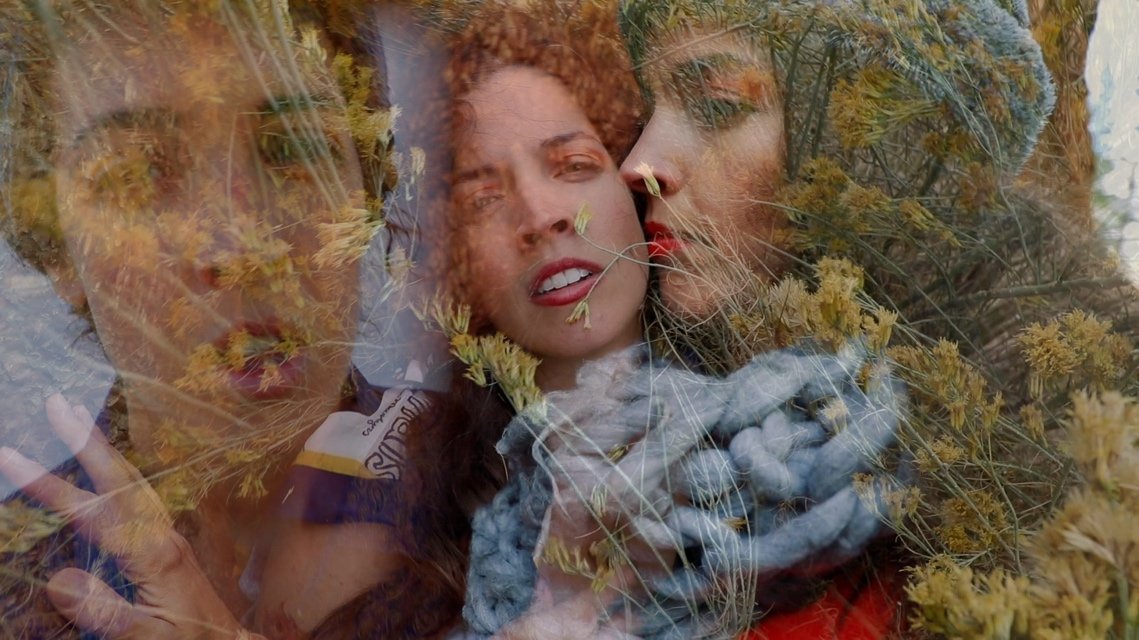
The Analog Brain - Group Exhibition
Group exhibition of six emerging women artists exploring consciousness and the sector beyond art & science.

1:1 - A Group Exhibition
1:1
September 5th - 10th at bG Gallery
Preview: September 5th, 7pm-9pm
Blockchain Demonstrations and Event: September 7th, 3pm-6pm
Blockchain Impresario: Kourtney Hunter
Participating Artists:
Harshit Aggarwal
Gk Austin II
Kevin Mack
Phiip Vaughan
Matt Elson
Kelly Brodin
Courtney
Mark Acetti
ABOUT THE EXHIBIT:
We live in a new world where tangibility and physicality is but incidental. Art has altered its historical status from a physical object to accommodate digital derivatives.Today this change cannot be perceived as merely an experimental second thought. A daring, new set of artists have set their foot on the unconventional art space. We have identified artists from the east and the west end of the globe , to present our vision of the future of art where the aspect ratio 1:1 revolutionizes the current world that screams that east or west, the world is one.
The exhibit includes digital art presentations with physical and screen presentations, including fractal based digital art.
Curated By : Deepa Subramanian
Deepa Subramanian is an art gallerist /curator based in Santa Monica. She founded Galerie De'Arts, a contemporary art gallery in Bangalore, India in 2009. She has curated over 75 plus significant art shows of contemporary masters both in India and in the United States. She is the current Chair, Public Arts Committee, City of Santa Monica, and also serves as an Arts Commissioner in the Santa Monica Arts Commission.
Images: Harshit Agrawal
click image to enlarge gallery
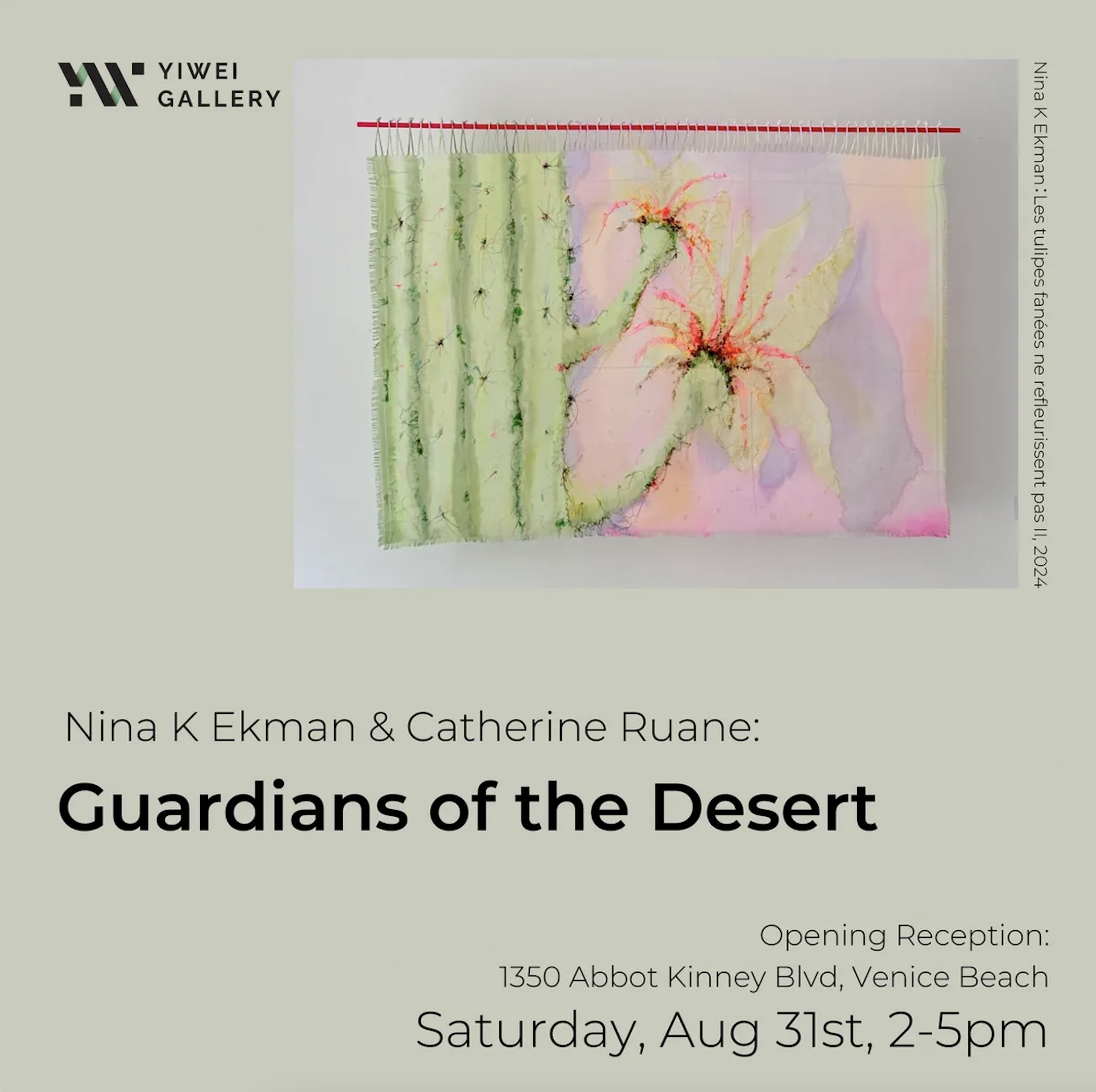
Guardians of the Desert
Guardians of the Desert
August 31 - September 29th at YiWei Gallery
Yiwei Gallery is pleased to present "Guardians of the Desert," a duo exhibition featuring recent works by Norwegian artist Nina K Ekman and Palm Desert-based artist Catherine Ruane. Through a diverse range of materials, techniques, and formats, the artists tell stories of the resilience and healing power of desert plants like palms, Joshua Trees, and succulents. The exhibition delves into the complexities of our relationship with nature and explores sustainability as a practice in art-making.
Nina Ekman is a Norwegian visual artist residing in Copenhagen, Denmark, and California, USA. Her work draws inspiration from the intricate relationship between nature and humanity, deeply rooted in her upbringing in northern Norway. Ekman explores themes of human influence and consumerism on nature through her diverse practice, which spans painting, textile sculpture, and etching. Her art has been exhibited in solo and group shows across museums, galleries, and art fairs in the Netherlands, Denmark, Sweden, France, and major US cities like New York, San Francisco, and Los Angeles.
Catherine Ruane is an artist based in Southern California. Ruane earned her MFA from Otis College of Art and Design. She was awarded a scholarship to pursue extended study in drawing and printmaking in Florence Italy at Santa Reparata International School of Art. Catherine’s work has been exhibited and collected internationally including: the Villa Donata in Naples Italy, Grafiska Sallskapat Gallery in Stockholm, Sweden, Gallery Antena in Kyoto, Japan, Hyatt Hospitality Corporation, Citibank, University of Arizona Art Museum.
Nina K Ekman x Catherine Ruane
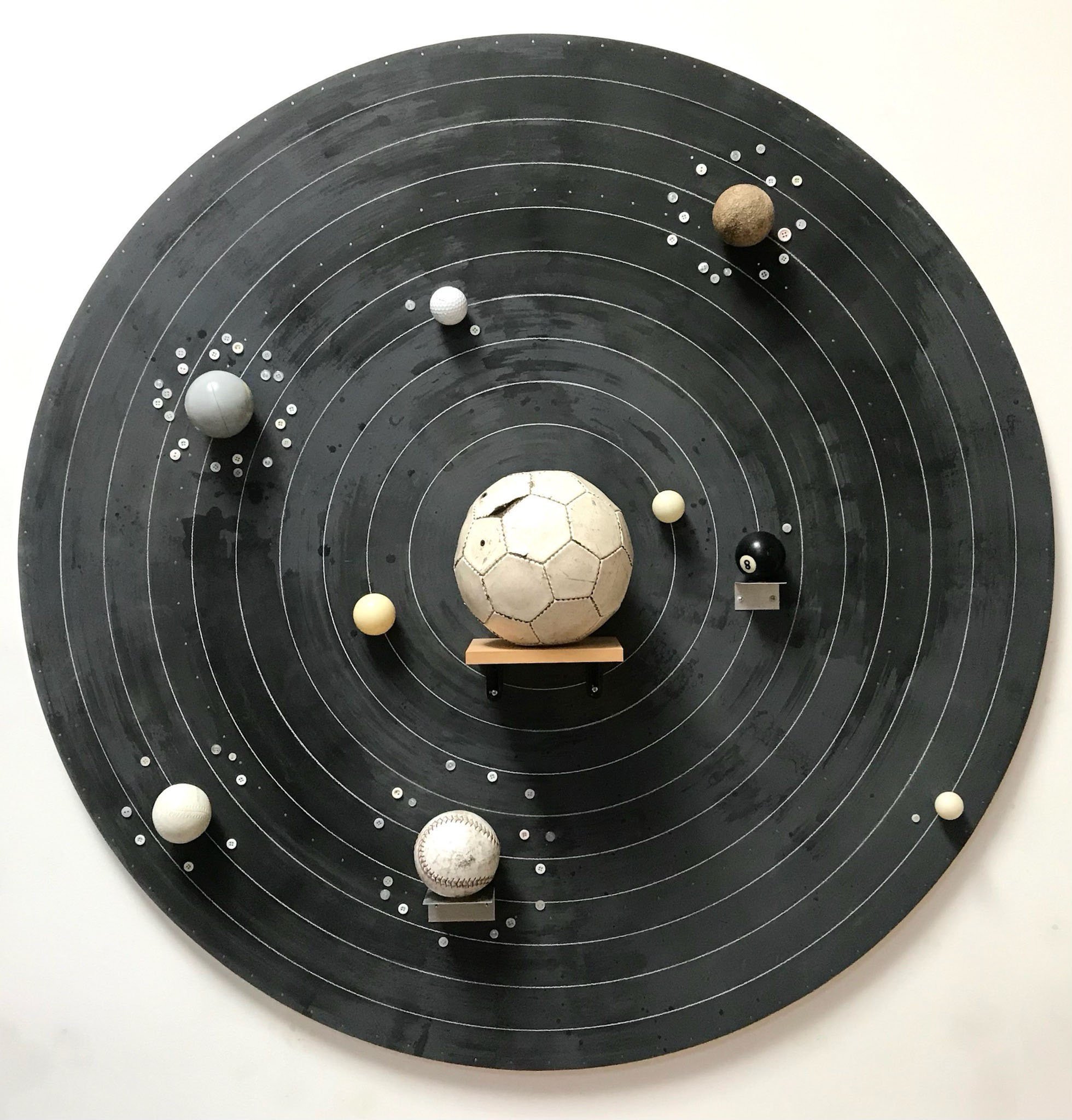
Greg Colson | Rose-Lynn Fisher | James Griffith
Greg Colson | Rose-Lynn Fisher | James Griffith
August 31 - October 12th
3 shows for PST ART: Art & Science Collide at Craig Krull Gallery
Reception on September 7th from 5-7pm
Greg Colson: Heliocentrism (Not to Scale)
Greg Colson, an LA conceptual artist working in assemblage, painting and sculpture, is recognized for exploring physical and intellectual systems, natural and man-made patterns shaped by efficiency or design, societal structures and other measurable data that he distills and illustrates via pie charts, graphs and models constructed of ordinary mundane materials. For example, a template depicting the fluid system gasket of an automobile engine that he painted on a found piece of rough-hewn plywood jarringly disrupts this precisely rendered system through odd materials and re-contextualizations. His pie-charts illustrating specific collected data such as “Leading British Phobias” draws out the poetry and humor in our social patterns, suggesting there are limits to - and hazards in - our obsession with efficiency, data and analysis of every kind. His new exhibition, Heliocentric Models, will consist of abstracted “Solar System” wall reliefs in which the Sun and orbiting planets are depicted with found balls (such as soccer, baseball, golf, and billiard balls.) Conflicting notions of movement and gravity come into play; the illusion of planetary motion runs counter to an awareness of the balls having been thrown, kicked and hit in their “previous lives.” Scientific facts are conceptually and playfully reimagined.
James Griffith: Small Paintings of Infinity
James Griffith’s paintings of animals and celestial bodies are painted with tar from the La Brea Tar Pits, essentially a fossil product of geologic time. The work conceptually comes full circle by implying that these animals, painted in tar, are threatened by a world dominated by the use of petrochemicals. His process allows this primordial goo to puddle and pool organically on his painting surfaces, “producing unexpected textural events, and echoing the fluid processes that affect evolution.” He renders detail into this organic flow by incising into the tar, recalling, as he says, another layer of history by referencing 19th century engravings of nature and the development of natural history studies. In his new exhibition, Small Paintings of Infinity, Griffith presents the contrast of human scale painting with an imagined rendition of our vast expanding universe. The exhibition includes interpretations of the Sun and Moon. As he remarks, “The burning stars, we now know, manufacture the complex chemistry of life from the simplest compounds, and the Moon controls our tidal flows.” Griffith’s work reflects Darwin’s profound vision that life on this planet is one fluid entity that has changed its forms and methods of survival countless times.
Rose-Lynn Fisher: Stardust: Bone & Botticelli
Rose-Lynn Fisher explores interconnections on the continuum between micro and macro in her photographs through a microscope, airplane window, and at eye-level. In previous bodies of work, she investigated the organic structure and emotional terrain of her tears, aerial patterns on the land, and the extraordinary complexities of honeybee bodies. In her new exhibition, Stardust: Bone and Botticelli, Fisher takes a cue from Carl Sagan’s stardust concept, which NASA astrophysicist Amber Straughn encapsulates as, “the iron in your blood and the calcium in your bones was literally forged inside of a star that exploded billions of years ago.” Fisher’s series of micrographs looks at variations on a theme of dust, sublime to subliminal, including scanning electron images of a fragment from her bone, revealing wonders at every magnification. In other work, at magnifications up to 30,000x she contemplates particles of detritus removed from the backside of a Botticelli under restoration. She states that they are “tiny, yet tangible vestiges of time and place, carried like a kernel of thought continuing in the winds of another era.” Fisher’s work parallels William Blake holding infinity in the palm of your hand and eternity in an hour.
Images-
Left: Greg Colson, Solar System, 2002, acrylic and graphite on wood panel with balls, buttons, and shelves
Middle: Rose-Lynn Fisher, bone2200x, 2019, archival pigment print
Right: James Griffith, Origin Story - The Sun and the Gravity of Radiance, 2020, tar and oil on panel
click image to enlarge gallery
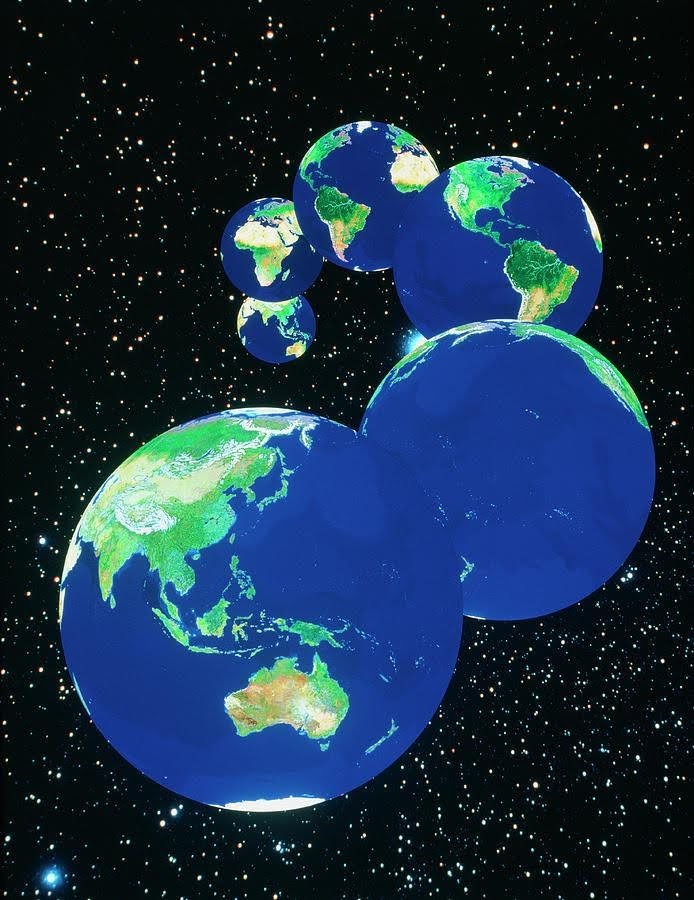
An Earth Twin at the Digital Dawn: Tom Van Sant's GeoSphere Project
Tom Van Sant installation curated by Janet Owens Driggs.

AI & Creativity Panel
AI & Creativity Panel
July 13, 2024, 1-2pm Fabrik Projects at bG Gallery
Panel Discussion Presented by Fabrik Projects
This event will feature several artists from the exhibition 'Artist + Intelligence' who will discuss the current impact of AI on the arts. The panel will address the challenges, opportunities, and ethical considerations of integrating AI into creative processes from an artist's perspective and from an industry perspective.
'Artist + Intelligence: Reimagining the Artistic Process with AI' showcases the work of 12 artists from around the world who are at the forefront of AI image-making, having embraced AI image-generating tools as creative collaborators in their artistic process.
Fabrik Projects @ bG Gallery
Bergamot Station 2525 Michigan Avenue, #A2 Santa Monica, CA 90404
https://fabrikprojects.com/exhibitions/9-artist-intelligence-reimagining-the-artistic-process-with-ai/overview/
Left Image: © Glen Wexler. Moments of Beauty.
click image to enlarge gallery

Artist & Intelligence: Reimagining the Artistic Process with AI
Artist & Intelligence
Reimagining The Artistic Process with AI
June 26 - July 14 Fabrik Projects Gallery at bG Gallery
Opening Reception on June 29 1-4pm
Artist + Intelligence: Reimagining the Artistic Process with AI showcases the work of a diverse group of artists who have embraced AI image-generating tools as creative collaborators in their artistic process. The exhibition explores the intersection of human creativity and artificial intelligence, highlighting various approaches to AI-assisted art production. Some artists rely entirely on AI-generated imagery, while others combine AI tools with their own image assets, working hand-in-hand with the technology to bring their visions to life.
For more information see:
https://fabrikprojects.com/exhibitions/9-artist-intelligence-reimagining-the-artistic-process-with-ai/overview/
Left Image: © Glen Wexler. Moments of Beauty.
click image to enlarge gallery

Reconsidering Early Telepresence - Panel Discussion
“Reconsidering Early Telepresence” Panel discussion including Electronic Café International’s Kit Galloway. Organized by Anastasia Chernysheva.
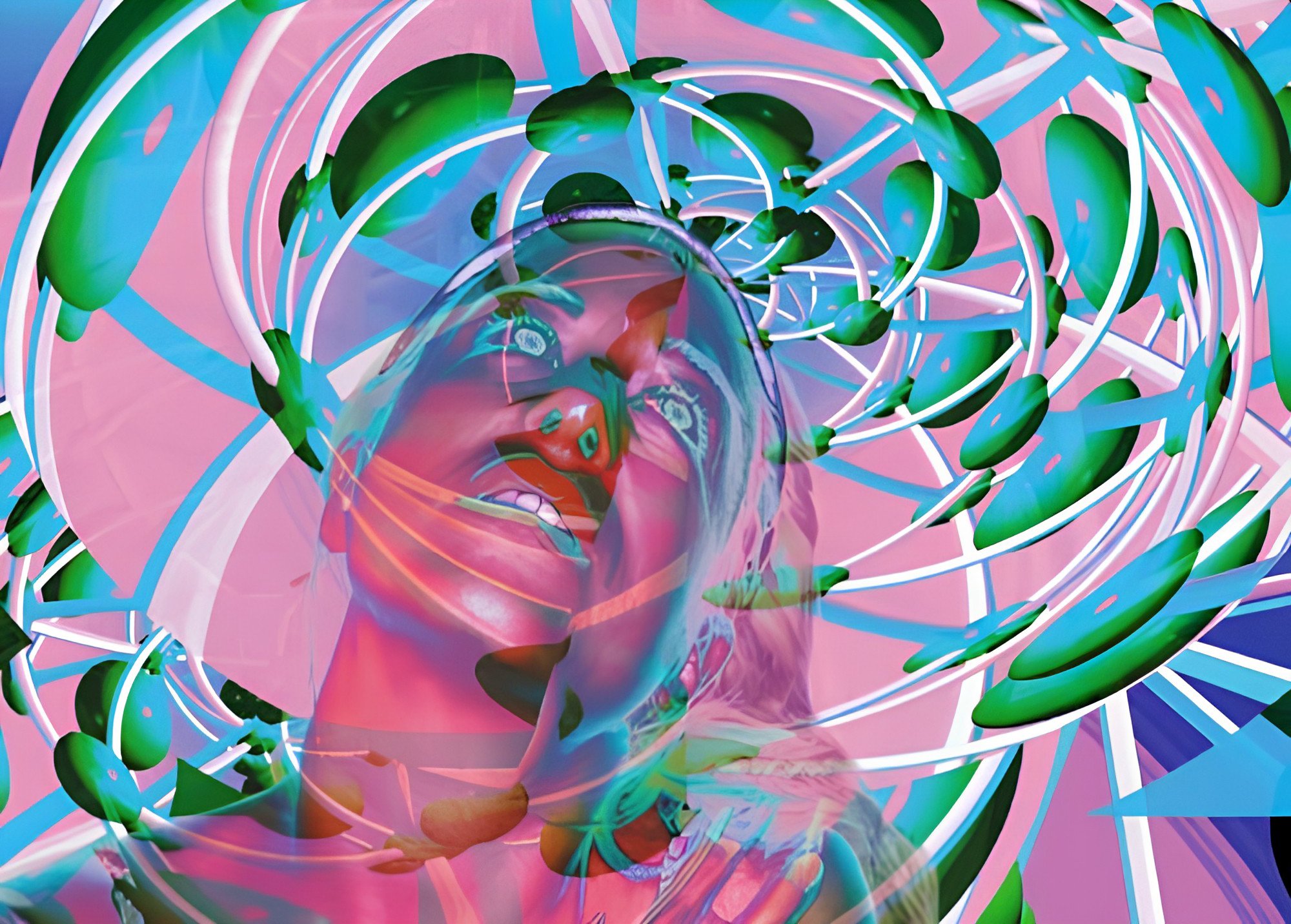
DNA: 4th of 4, 1st of Many
‘DNA: 4th of 4, 1st of Many’ Retrospective Digital Arts Exhibition: a 40-year survey of over 20 artists.
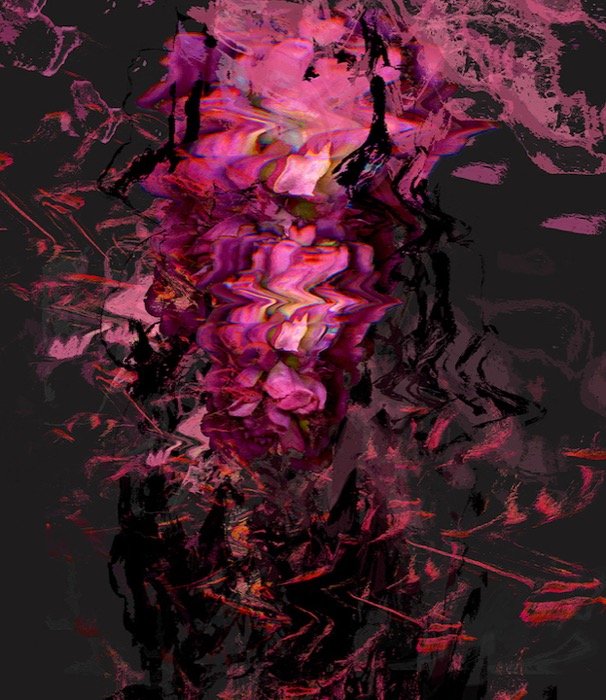
Elegy of The Garden - Melanie Willhide
Melanie Willhide - Elegy of The Garden
June 11 - July 30 at Von Lintel Gallery
Von Lintel Gallery is delighted to present new work by artist Melanie Willhide.
A pioneer of merging analog and digital photographic practices, Melanie Willhide has challenged conventional notions of photography for over fifteen years and broadened the very definition of the medium. Willhide’s new series, Elegy of the Garden, continues her life-project of photographic innovation while taking on her current subject—the environmental crisis—with an immediacy and emotional intensity that evokes witnessing a powerful storm and what it leaves. In Willhide’s work, what is left behind is always beautiful, even if only a memory.
Willhide’s evolving and expansive process eschews “the decisive moment” to represent a broader feeling of time. She employs any tool her work demands. The flowers in this work—some real, some artificial—are captured with either a camera or scanner in such a way they exist as phenomena, dynamic as a hurricane or wildfire. Time does not stand still, and Willhide privileges texture and depth over realism. Plastic stems with nylon petals can be indistinguishable from flowers picked from the artist’s own garden, and the recognizable form morphs into pixelated abstraction. Willhide intertwines the natural world with the artificial, and we are moved to find where beauty survives in an era overcome by wind, water, and fire.
Willhide’s concern with eco-grief reaches beyond her own art practice and recent landscape designs; she recognizes the environmental crisis as perhaps the gravest calamity in human history. Many of her flowers seem to be floating away or drowning in water that possesses a supernatural force, as seas continue to rise, drought and subsequent famine persist, and mega storms destroy communities and contaminate drinking water. Left behind is loss and the fear of further loss: a dream of untouchable color moving in unfathomable darkness.
Willhide received her MFA from Yale University and has participated in solo and group exhibitions nationwide and internationally. Her work is included in permanent collections such as the Getty Museum, the George Eastman Museum, LACMA, the Yale University Davenport Collection.
Images:
Melanie Willhide, Through the Vapor and Moonlight, 2021
Melanie Willhide, Whether by Day Abducted, 2021
click image to enlarge gallery






















